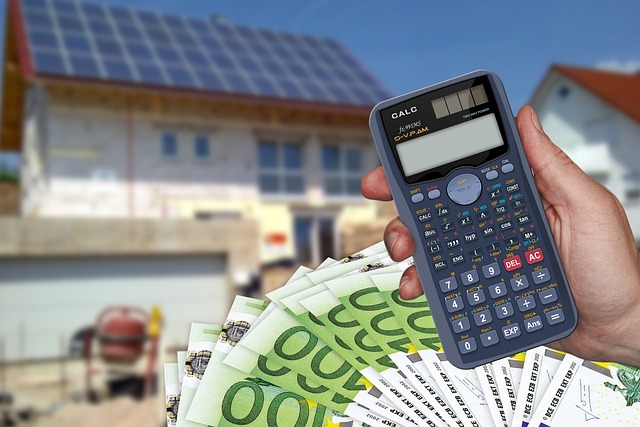Confused between fixed and adjustable-rate mortgages? Learn the pros, cons, and how to choose the best mortgage for your financial future.
One Decision That Can Shape Your Mortgage for Decades
Buying a home is one of the biggest financial commitments you’ll ever make—and your mortgage choice plays a huge role in how affordable that home stays. One of the first (and most important) decisions you’ll face is whether to choose a fixed-rate mortgage or an adjustable-rate mortgage (ARM).
This isn’t just a technical detail. It affects your monthly payments, your long-term financial stability, and how much interest you’ll pay over the life of the loan. Let’s break down the key differences, pros and cons, and how to decide which option fits your situation.
What Is a Fixed-Rate Mortgage?
A fixed-rate mortgage has a constant interest rate and monthly payment over the life of the loan—typically 15, 20, or 30 years.
Pros:
-
Predictability: Your monthly payment stays the same, making it easier to budget.
-
Stability: Great if you plan to stay in your home long-term.
-
Simplicity: You don’t have to worry about interest rate hikes.
Cons:
-
Higher initial rate: Compared to ARMs, fixed-rate loans often start with a higher interest rate.
-
Less flexibility: If you move or refinance early, you might pay more in interest than needed.
What Is an Adjustable-Rate Mortgage (ARM)?
An ARM starts with a lower interest rate for a set period (usually 5, 7, or 10 years). After that, the rate adjusts annually based on market conditions.
Pros:
-
Lower initial payments: Great for short-term homeownership or if you plan to refinance.
-
Potential savings: If interest rates drop or stay low, you could pay less overall.
Cons:
-
Unpredictability: Your payment can rise significantly after the initial period.
-
Risk: If rates increase sharply, your monthly cost could jump.
-
Budgeting challenges: Harder to plan long-term finances with changing payments.
How to Choose: Fixed or Adjustable?
Here are a few key questions to help guide your decision:
1. How long do you plan to stay in the home?
-
Less than 5–7 years? An ARM might save you money during the initial low-rate period.
-
10+ years? A fixed-rate mortgage offers long-term security.
2. Are you risk-tolerant or risk-averse?
-
If the idea of fluctuating payments stresses you out, go with fixed.
-
If you’re financially flexible and plan to sell or refinance, an ARM could work.
3. What’s the current interest rate environment?
-
Low interest rates? Lock in a fixed rate to take advantage long-term.
-
High rates? An ARM might offer a better short-term solution with the option to refinance later.
Real-World Example: Meet Jamie and Alex
-
Jamie is buying her “forever home” and doesn’t want any surprises in her monthly bills. A 30-year fixed-rate mortgage gives her peace of mind—even if rates rise later.
-
Alex is buying a starter condo and plans to move in 5 years. He chooses a 5/1 ARM with a low intro rate, knowing he’ll likely sell before adjustments kick in.
Tips for Comparing Loan Offers
-
Check the APR, not just the interest rate. APR includes fees and gives a better overall cost estimate.
-
Ask about rate caps on ARMs—these limit how much your rate can increase.
-
Factor in your future plans. Don’t just look at the next 12 months—think 5, 10, even 15 years ahead.
Conclusion: Choose the Mortgage That Fits Your Life, Not Just Your Budget
There’s no one-size-fits-all answer when it comes to fixed vs. adjustable-rate mortgages. The best choice depends on your financial goals, how long you plan to stay in your home, and your tolerance for risk.
Take time to evaluate your lifestyle, not just the loan terms. After all, your mortgage isn’t just about rates—it’s about your future.


No responses yet